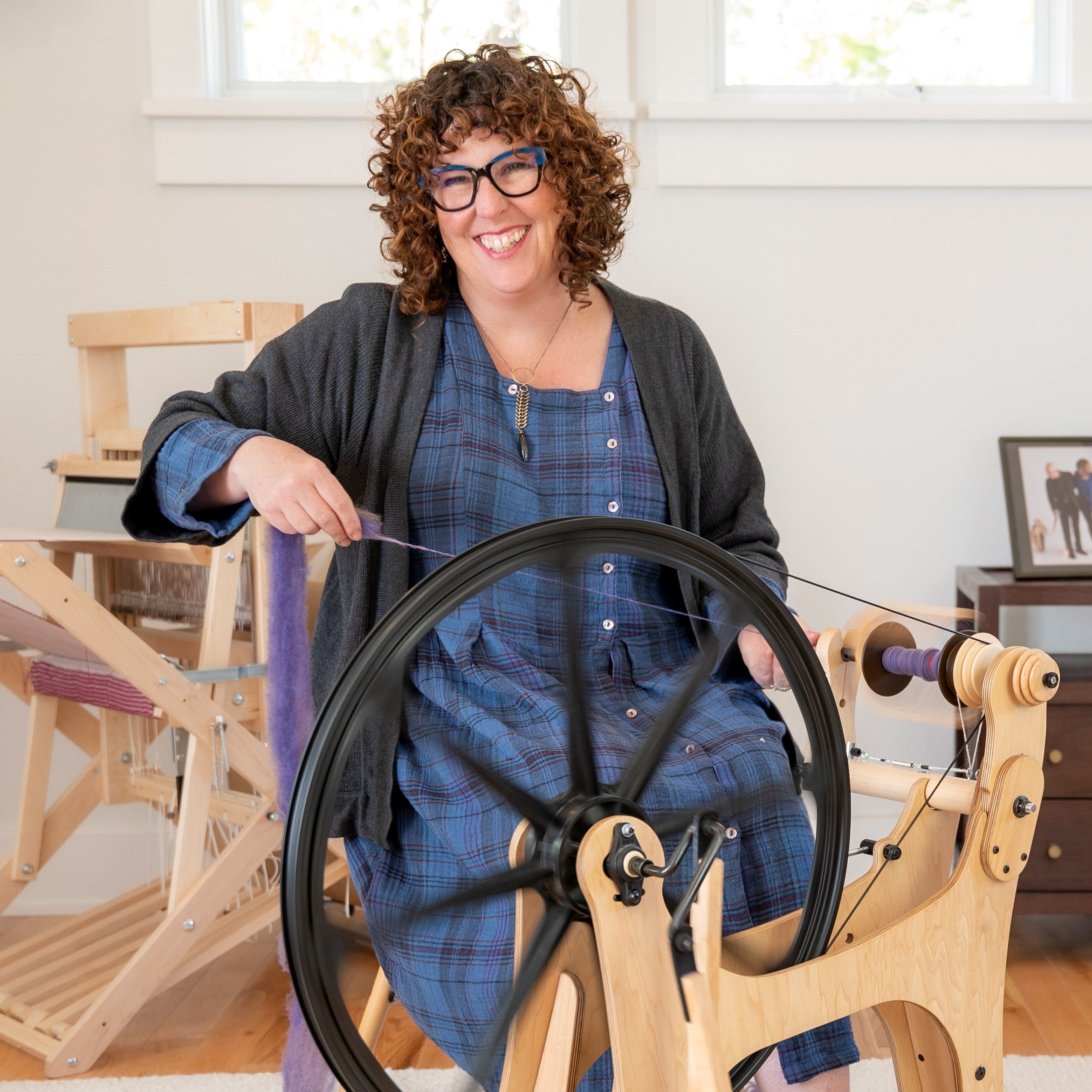There's nothing wrong with "default spinning," where your hands and feet know what to do, and you make a yarn almost without thinking about it. But when you want to expand beyond your default yarn, this series will help. You can vary the diameter, twist, and texture of the yarn by adjusting your wheel, your fiber preps, and your drafting style. Just a few tips and tricks will broaden the range of yarns you can make—it's like reinventing your wheel!
We ran this SAL as one of several activities for Spinning and Weaving Week in October, 2020.

